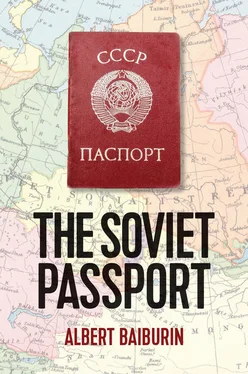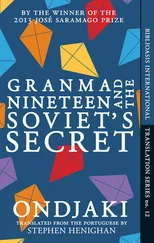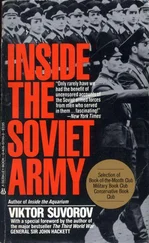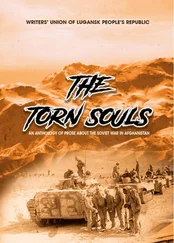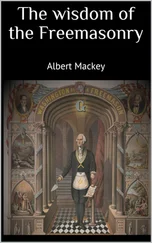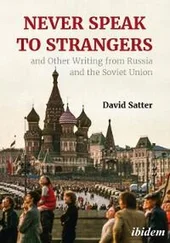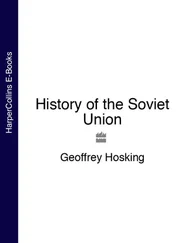The surname, as an indication of belonging to a particular family or clan, appears at different times at different social levels. Among the upper circles of society (the boyars or the nobility), surnames began to be used in the sixteenth century. Surnames started to appear among soldiers and merchants in the seventeenth and eighteenth centuries. 28The clergy began to be identified by surnames only in the mid-eighteenth century. The peasantry were given surnames in the mid-nineteenth century, particularly after the Emancipation of the Serfs in 1861. By decree of the Senate in 1888, it became obligatory for everyone to have a surname, which had to be shown in all documents; yet ten years later, according to the census of 1897, only some 25 per cent of the Russian population had one. The process of issuing everyone with a surname was drawn out until the 1930s; 29and, for the peoples of Central Asia and the Caucasus, it even extended to the beginning of the 1940s. 30As well as the surname being used in documents, this led to the habit of calling someone by their surname in everyday contact, which continues to this day.
The use of the full form of the name had a significant social effect, as people from different levels of society were formally placed on the same level by the way they were referred to in documents. But the social significance of first names did not disappear, and as before they indicated a person’s origins. This was considered to be such a significant characteristic of the official portrait that it was always highlighted in papers.
The full name as shown in the passport (as opposed to simply the use of one name) had a dual effect. It did not simply mark out a particular person and separate them from everyone else, but by the patronymic and surname it united them with a particular circle of relatives, by family or clan. This meant that a person could be referred to not only as belonging to a particular circle, but also it spoke of their origins. These two principles – belonging and origins – would have a particular significance in the formation of the passport portrait.
The ageof the holder began to appear in identity documents with the introduction of official records of births, marriages and deaths, which were brought in after the Order of 1722 (‘Supplement to the Ecclesiastical Regulations’) on the compulsory use of registers in all parishes of the Orthodox Church throughout the Russian Empire. However, it took a number of decrees from the Holy Synod (in 1724, 1779 and later years) before the registers had a single format. This was finally settled only in 1838. Births, marriages and deaths were recorded in three separate sections, filled out by the priest who had carried out the christening, the wedding or the burial of the parishioner. The register of births included the following details: date of birth and christening; first name and surname; place of residence and religious denomination of the parents and godparents; and whether the birth was within or outside wedlock. Other religions, too, were ordered to keep registers: Lutherans from 1764; Catholics from 1826 (although in practice these had been kept from 1710); Muslims from 1828; Jews from 1835; Raskol’niki [schismatics, the Old Believers who split from the Orthodox Church at the time of the Church reforms in the seventeenth century – Tr.] from 1874; and Baptists from 1879. In practice, the registration of births, marriages and deaths of many of the minority ethnic groups of Siberia and Central Asia did not take place at all, even though the police and local administrations were legally responsible for this. In Turkestan, for example, the registers were supposed to be kept by the ‘people’s judges’, or mullahs. Up until 1905 the registers of the Raskol’niki and Orthodox sectarians and Evangelical Christians were handled by the police. 31
Entries in the registers (and later in civil registration) became important parts of the foundation on which the passport system and its use as a means of identification depended, because the details that were recorded here (particularly information about the birth) were the defining ones for identifying the individual. Proof of age was essential not only for establishing identity (it was something entered in the designation ‘identifying features’) but also for determining whether someone was eligible for military service.
Details about the place of residenceseem at first glance to be incidental to the individual’s characteristics; but from the introduction of the passport (and not only the Russian passport) they become crucial, since the passport was issued only if it was essential to travel. It may appear, therefore, as if the passport might aid the population’s ability to move around; but in actual fact it worked the other way round, because it was never issued to all those who wanted one. The passport system was designed not so much for those who were given a passport, but rather for those who, for one reason or another, were not given one. A person who did not have a passport was automatically denied a number of rights; and chief among those was the right to travel freely. One of the fundamental purposes of the Russian passport system was to pin a person down to their place of residence by limiting the issuing of passports, thus controlling freedom of movement. Once the ‘place of permanent residence’ was enshrined in a legal category, a separate article was written into the ‘Decree on Passports’. For nobles, officials, honorary citizens and merchants, this was considered to be their place of service or business, and also the place where they owned property. For the lower middle classes and artisans, their place of permanent residence was the town, trading quarter or community where they were registered. For the peasantry, it was their rural community. Those who had no permanent place of residence were considered to be vagrants (runaways or the poor), against whom a constant battle was waged. Furthermore, details about the place of residence made it possible to check other information in the passport and establish whether or not it was true or false (in reality, this was only insofar as the accuracy of the latest entry in the register). The place of residence was automatically shown as an affiliation to the local community, such as the obshchina (see above, note 5).
The first name and the place of residence became the basic method for marking a person out as an individual (and they still are), while the social estate that a person belonged to became an instrument of social categorization. 32A little later, religion and ethnicity would be added to the list. The social estate to which you belonged determined your rights. The divisions were: nobility, clergy, merchants, lower middle class and peasantry. It could be said that such categories were brought in as a means of ranking the different groups of the population, since they were based on the unequal status of these groups. The passport placed its owner into one of these groups, or created and strengthened new classifications (such as ‘ethnicity’; see chapter 5). For identification purposes the name and place of residence were sufficient; but the passport was never simply an identity document. From the very beginning it became one of the principal methods for strengthening the social structure.
Indicating a person’s social status (their title or rank and occupation) became one of the few essential details in identification documents; it was as important as their name. Title became in its own way an ‘inherent’ characteristic of a person (it indicated their ‘breeding’). It was fixed for all time and was determined by their origins – who their parents were and their ancestors before that. It was only when it began to be possible to move to another social estate that the attitude to this characteristic began to change. (After Peter the Great’s time it became possible for people to move up the ranks of service. Change could come about also through education or being granted honorary citizenship.) Whichever way, the indication of a person’s status determined and confirmed the existing social stratification, or (as happened at later periods of Russian history) the social stratification that was being created. 33
Читать дальше
